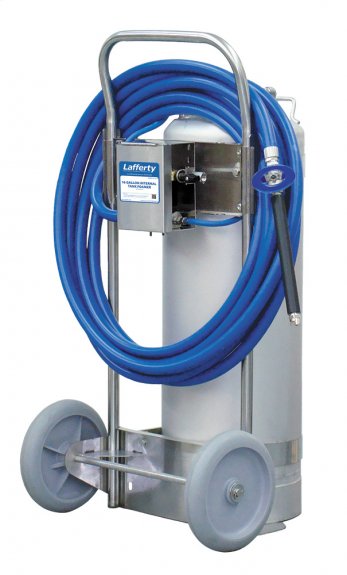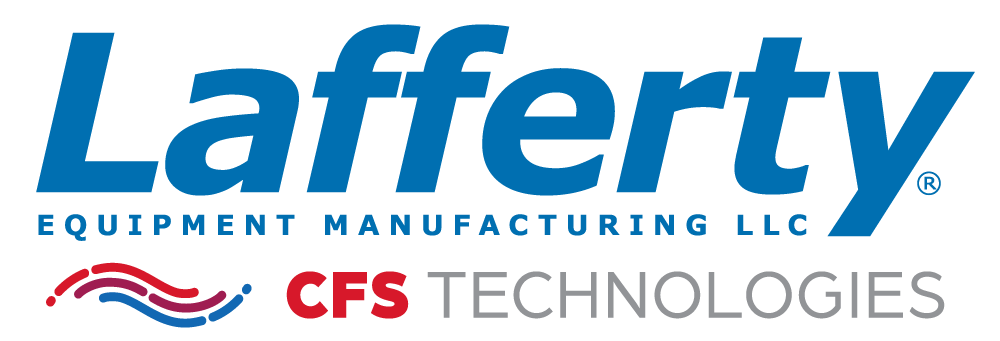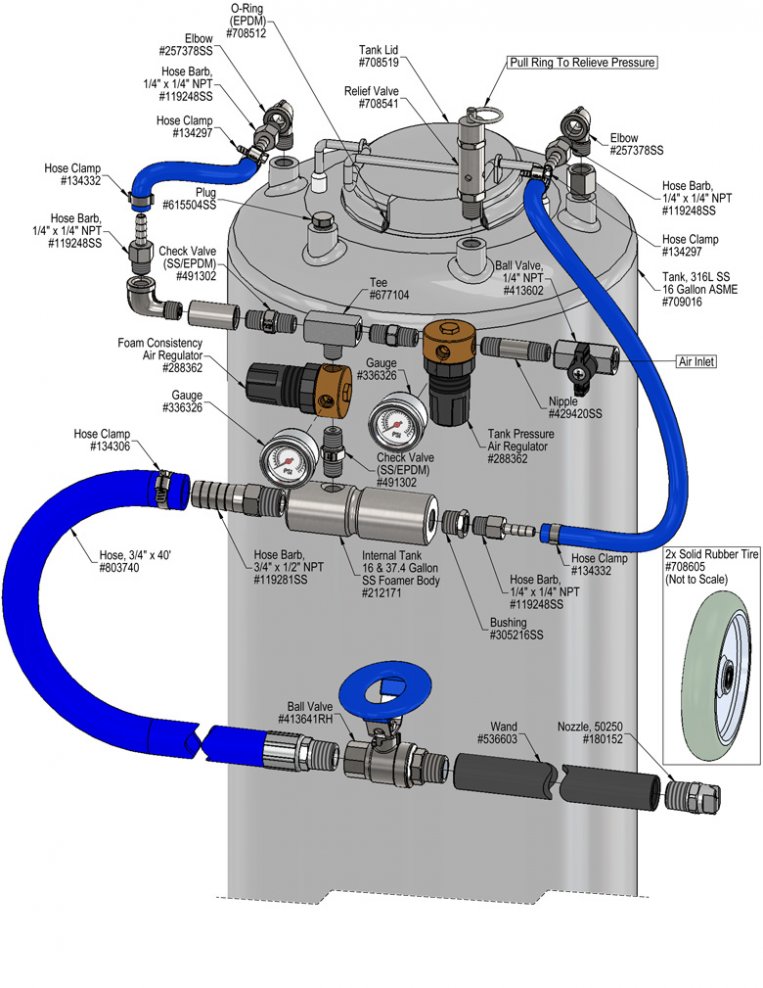Overview
The Internal 16 Gallon Tank Foamer is a foam applicator with an all stainless steel cart assembly for applying ready-to-use foaming chemicals. Connect compressed air to pressurize the 316L stainless steel ASME rated tank and to inject air into the solution to greatly increase volume and coverage ability. Rich, clinging foam is projected on to any surface up close or at distances up to 12 feet. Each fill provides 15 minutes of foaming time.


